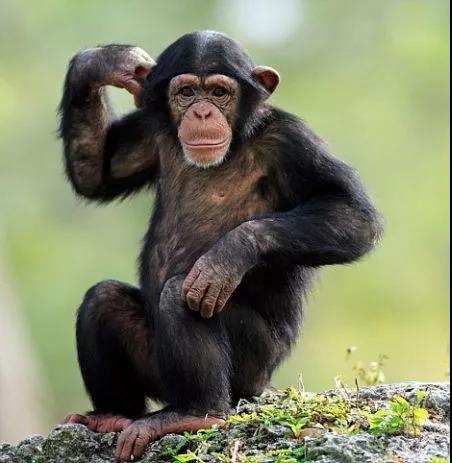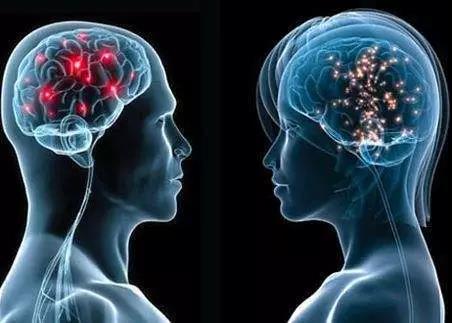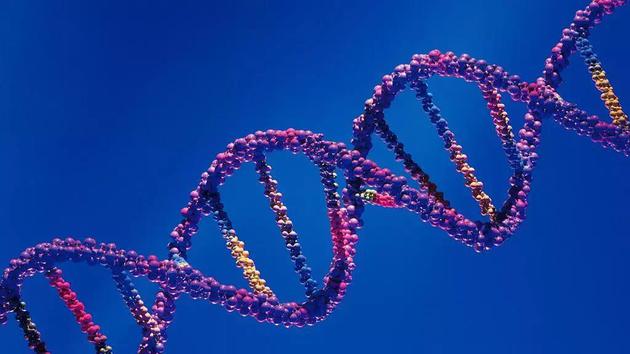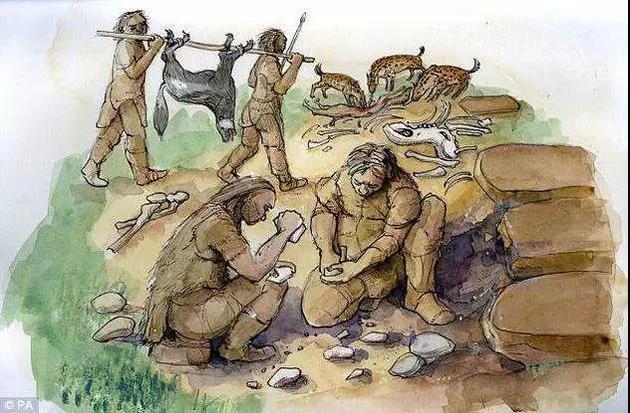Human beings are so different, but not as unique as they are imagined.
Sina Technology News Beijing time on May 23, according to foreign media reports, if we assume a very extreme experiment: throw a dozen toddlers to the beautiful Polynesian island, give them a house and enough food But there are no computers and mobile phones, and no metal tools. When they grow up, will they be like humans or other primates we know? Will they invent the language? If there is no magic of culture and technology, what is the difference between humans and chimpanzees? No one knows the result (ethical rules prohibit experiments with young children). Since the early 1970s, scientists in the biological sciences have repeatedly and unconsciously discovered the same hint: human beings are different, but not as unique as we think. Neuroscientists, geneticists, and anthropologists all try to answer the unique question of humans. They look for specific brain regions, unique genes, and human-specific behaviors, but on the contrary, they find more evidence that There is a common connection between different species. In the past, the mainstream hypothesis focused on behavior. "Humans are the only animals that use tools." "Humans are the only cultured animals." "Humans are the only animals that can educate future generations," and so on, but over time, most of the guesses have proven to be wrong. The question of whether human beings are unique is becoming more and more mysterious, because almost everything we find points in the opposite direction, what biologists call "conservative" - ​​evolution tends to use many of the same again and again. Genes, neurotransmitters and brain circuits. For example, we can imagine the overall anatomy of the brain. As we all know, the human brain is divided into left and right hemispheres, as well as chimpanzees. If the brain is divided into frontal, temporal, parietal and occipital regions? Yes, the brains of chimpanzees can be divided as well, as are horses, cats and squirrels. The basic structure of the brain is shared with all mammals. What sets us apart is the six-layered neocortex of the outer layer of the brain? No, chimpanzees (and other mammals) too! So what about the Broca area? The Broca area is the most closely related area of ​​the human brain, but it also exists in the brains of chimpanzees. At the same time, the organization of the human brain is much more complicated than expected: the views you have read about brain organization decades ago have been proven to be too simplistic, as in the Broca area, as is well known, the Broca district Participate in language activities, but the area also plays a role in muscle control, music and even imitation. In fact, many other parts of the brain, such as the prefrontal cortex and even the cerebellum, play an important role in the language. Language is not limited to a tiny, clear corner of the brain, but to most parts of the brain. All have a relationship. Even more challenging is that the various regions of the brain are not labeled with names. Instead, their properties and boundaries must be based on physical “landmarks†(such as the sulcus of cortical tissue), the shape of neurons, and responses to different chemicals. Ways and many other factors are derived. Even with the most advanced technology, this kind of derivation is a very difficult job, just like trying to judge whether you are in Chengdu or Chongqing by looking at the train moving outside the window. Since the two cities are very similar in appearance, it is difficult to distinguish. The entire neocortex (the part of the brain that is only available in mammals) is a six-layered sheet structure, so different regions of the outer layer of the brain (which account for most of the brain's volume) look more similar, rather than more different. Even under the microscope, human brain tissue looks very much like the brain tissue of primates. We have been looking forward to discovering human-specific brain regions, but we still haven't found them until now, so we turned to look for secondary differences. We will ask the question, "Is the asymmetry of the human hemispheres more serious than the chimpanzee's plane?" This is a bit like saying that New York is different from Paris, there are more water towers on the roof, maybe this is true. But it doesn't really explain why the two cities feel different. When we look at the human genome, the situation is no different. As early as the early 1970s, scientists discovered that if you compare the DNA of humans and chimpanzees, you will find that the two are so similar that they are almost identical at the outset. Now that the human genome has been sequenced, almost every gene in the human genome has a corresponding gene in the chimpanzee genome, and vice versa. Even if you look at a single letter (nucleotides), you can see that the human and chimpanzee genomes are strikingly similar. In fact, every gene in our genome—from genes that produce dopamine and serotonin to genes such as BDNF and COMT that contribute to memory control—has a corresponding gene in the chimpanzee genome. The same is true of the FOXP2 gene, which is even decisively linked to human language. Among the 715 amino acids that match the protein encoded by the FOXP2 gene, humans and chimpanzees differ only in two amino acids. As of early 2013, we still don't know which genes are important for humans and chimpanzees, but we know that genetically, humans and chimpanzees have more similarities than differences. Why are humans and chimpanzees living so differently, but biologically so similar? The first part of the answer is obvious: humans and chimpanzees differentiated from a common ancestor 4 to 7 million years ago, and before that, the organism shared every step in the long evolutionary history. Mammals differentiated 150 million years ago; single-celled organisms appeared billions of years ago. From the standard of evolution, 7 million years is quite short-lived. The second part of the answer evolved from the first part, on how evolutionary changes occur dynamically. In principle, when an engineer builds something new, he or she will have a renewed luxury, perhaps with a new material, such as steel instead of old wood-like materials, or an electric-powered engine. Instead of a gasoline engine - large-scale changes can bring about fundamental improvements. Evolution has never been such a luxury. You can't simply let a species go offline and then release Human 2.0. On the contrary, every new development is based on the ancestral form. With the immortal saying of the great biologist François Jacob, evolution is like "a tinker, he doesn't know what he wants." What to do, but he will use whatever he finds around him, be it rope, wood chips or old cardboard." In short, evolution is like a tinker who can do everything in hand to create something viable. The human brain is an adjusted primate brain, not something new that has evolved from scratch to adapt to our special needs. The human lifestyle may be very different from chimpanzees, but our biological structure blueprint must be presented only as a modest repair of genetic material inherited from the last common ancestor. Language, no matter how it is embodied in our brains, represents only a relatively small cognitive enhancement relative to the mental mechanism that humans inherited from the last common ancestor. This is the biological basis behind every human cognitive innovation. It seems that the foundation of scientists looking for human uniqueness in the brain is like finding a needle in a haystack, and it is true. Anything that makes us unique is based on the common ancestor of 1 billion years. Humans will never give up to prove that they are different in the animal world, but we cannot avoid the fact that our thinking is only a modest adjustment of an ancient blueprint, which was millions of years before we appeared. Already formed. Source: Sina Technology
The foot and ankle locking plate is a special-shaped plate specially developed for calcaneal and ankle fractures, which is in line with the anatomical structure of the calcaneal and ankle joints.
During the postoperative treatment process, it can reduce the stimulation of surrounding tissues and promote bone healing.
The calcaneus is the largest of the seven tarsal bones and is located on the lower back of the foot, forming the heel. Calcaneal fractures are relatively rare, accounting for 1% to 2% of all fractures, but are important because they can lead to long-term disability. The most common mechanism of severe calcaneal fractures is axial loading of the foot after a fall from height. Calcaneal fractures can be classified into extra-articular and intra-articular fractures. Extra-articular fractures are generally easier to assess and treat. Patients with calcaneal fractures often have multiple comorbid injuries, and it is important to consider this possibility when evaluating patients.
The ankle joint is composed of the articular surface of the tibia, the lower end of the fibula, and the talar trochlea, so it is also called the talar calf joint. Ankle fractures, including fractures of the medial malleolus, lateral malleolus, posterior malleolus, or fractures of varying degrees occurring simultaneously, are due to greater violence to the medial and lateral malleolus. At the same time of both ankle fractures, the talus directly impinges posteriorly or impinges on the tibia when displaced by external rotation. Fracture of the posterior malleolus due to the posterior margin.
Foot Mini Locking Plate is composed of 2.7mm series of mini locking plate, covering a variety of plate types, widely used in trauma fixation and orthopedic surgery of the forefoot. Anatomical design of bone plate to reduce the need for shaping.
orthopeadic implant,calcaneal stress fracture,calcaneus bone,calcaneus fracture Jiangsu Aomed Ortho Medical Technology Co.,Ltd , https://www.medthofixation.com


